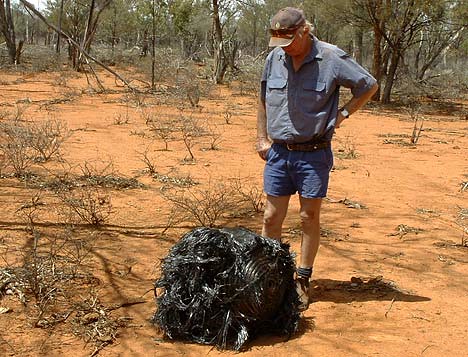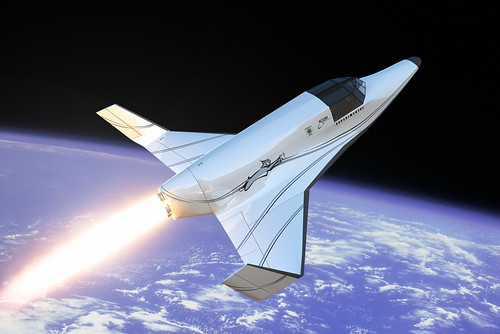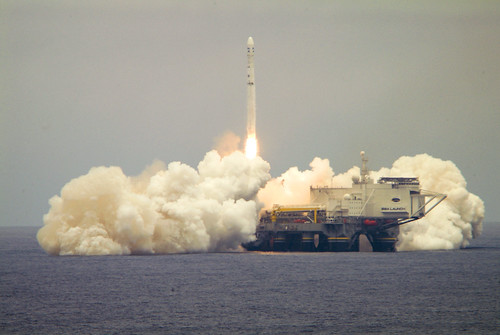Sky Angel to Take Flight on IPTV
Monday, March 31st, 2008Sky Angel, the "faith and family" direct broadcast satellite service currently available on Echostar 3 at 61.5° West, is moving all the way to an IPTV platform in the United States:

Nancy Christopher, Sky Angel’s VP for Corporate Communication, [says] "Yes, we will be transitioning Sky Angel to a broadband Internet protocol called Internet Protocol Television (IPTV). It’s a proven technology that’s widely used in Europe and Asia and gaining popularity in the U.S. We already deliver our service into Canada using this technology."
IPTV provides viewers value-added services and conveniences such as the ability to set up their own equipment (no outside dish or antenna or professionally installed equipment needed), to retrieve programs that have already aired, much like a personal video recorder, and to utilize Video on Demand. IPTV enables programs to be viewed on conventional TVs, personal computers and handheld instruments, which will provide viewers the benefit of receiving programs at home and on the go. Enhanced programming, additional channels and more choices of programming packages for individual subscribers are other features afforded by IPTV.
The move is not without its controversies, as some of the comments over at Phil Cooke’s blog indicate. Some lifetime subscribers question whether abandoning satcom means abandoning Sky Angel’s vision of spreading the Gospel throughout the world. But with Sky Angel having already transferred their licenses to Echostar, the deal is done.
Defenders of the move note that more channels will be made available at the same price on the IPTV platform. Sky Angel just last week added the CBS College Sports network to its line up; and, unlike some cable operators, Sky Angel on IPTV will include the much-in-demand NFL Network.
Of course, Sky Angel’s news and religious channels will continue to provide coverage of major religious events, like the Pope’s upcoming visit to the United States.
The move to IPTV isn’t the first time Sky Angel has been among the first to set up shop on the borders of new broadcasting technologies:
Sky Angel led the way in exploring and then utilizing another cutting-edge technology known as direct broadcast satellite (DBS) when DBS was in its infancy back in the 1980’s. Sky Angel was actually the second company to apply to the FCC for a DBS license back in 1981 when DBS was actually untested technology. Back then, frequency spectrum and orbital slots were yet to be assigned, and there was no satellite manufacturer with a high-power DBS satellite design; the DBS technology was widely opposed by television station and cable industry trade groups back then. Of course, DBS came into its own during the ’90’s. In 1999, Sky Angel became the sole surviving DBS pioneer from that first round of nine 1981 DBS licensees when USSB merged with DirecTV (DISH and DirecTV acquired their licenses later).
You can learn more about Sky Angel on their corporate website.












